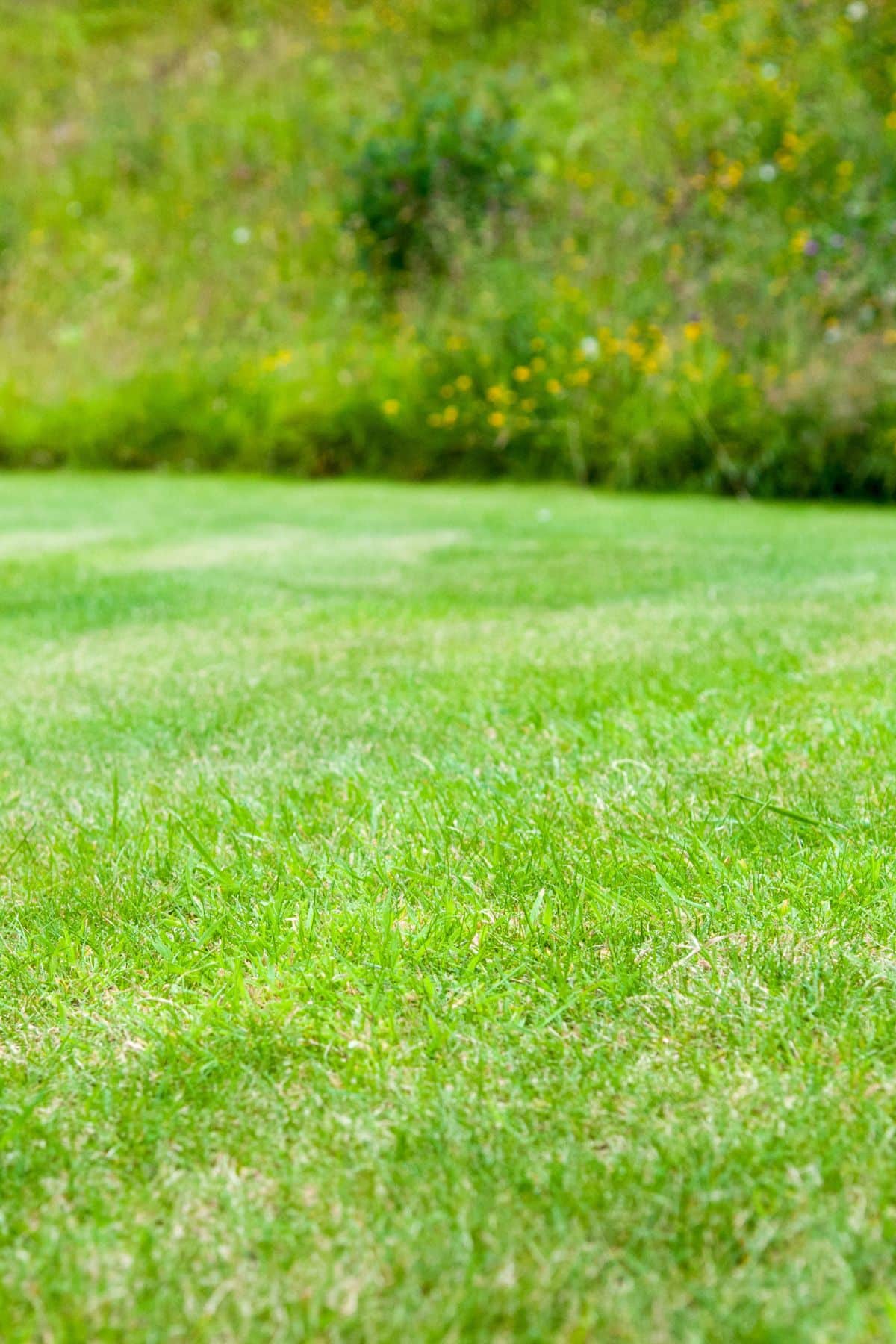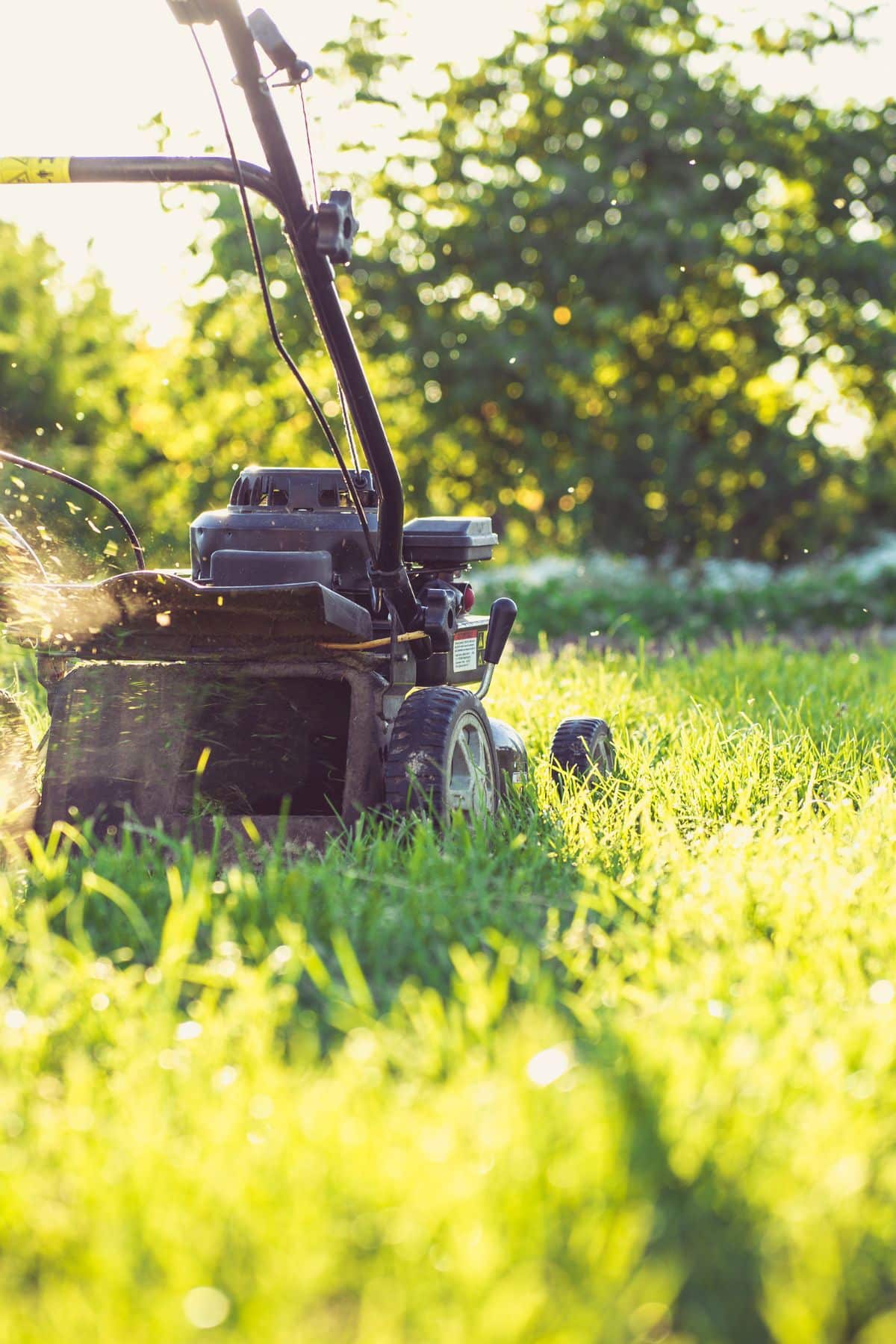
Lawn maintenance presents a real challenge, even in ideal circumstances, especially under low light conditions. If your yard falls into this category, selecting a suitable grass variety for surviving and thriving with limited sunlight is essential. Otherwise, an unsuitable variety will languish in such environments.
In low light conditions, grass receives insufficient solar energy, which is vital for proper development. It adversely affects the health of all parts of your grass. Reduced sunlight exposure limits the energy plants need for survival, resulting in a weak, sparse lawn prone to disease. For optimal growth, it’s recommended that grass is exposed to direct sunlight for at least 4-6 hours daily.
Choosing the right grass type is crucial to overcome the challenges of reduced light in your garden. Certain varieties are better adapted to these conditions, significantly easing the journey to a neat, attractive lawn.
Understanding Low-Light Conditions
Shaded areas in your yard, primarily those with low light, include spaces under trees or umbrellas and areas obscured by the house or building.
Lawns facing north also struggle with light, receiving significantly less sunlight throughout the day, negatively impacting the grass. Like all plants, grass requires sunlight for photosynthesis, essential for healthy development.
Several problems arise when growing grass in low-light conditions:
● Impaired Photosynthesis: One of the main challenges is that photosynthesis becomes much more difficult. In this vital process, plants use sunlight to produce the energy they need for vitality.
● Increased Risk of Disease: Lawns that don’t receive enough sunlight are more prone to various diseases and pests. The soil is often colder and wetter in such conditions, favoring the spread of fungi, mosses, and bacteria.
● Weak and Sparse Grass: Plants lacking sufficient sunlight struggle to accumulate nutrients from the soil necessary for density and a healthy appearance. Therefore, with the wrong grass variety, you’ll likely have an inadequate, sparse lawn.

Characteristics of Ideal Grass Varieties for Low-Light Areas
If your yard matches the conditions described, you need specific grass varieties that are shade-tolerant and resistant to moisture and diseases caused by lack of sun. It’s essential to choose grass with an extensive root system to extract more nutrients from the soil despite reduced light.
Some varieties also have higher resistance to fungi and mosses as they don’t retain moisture. If your yard is on the north side, choose a grass variety that survives well in cold conditions and without direct lighting.
Top Grass Varieties for Low-Light Lawns
The best-performing grasses in reduced light conditions include Zoysia and St. Augustine. We will detail the suitable subspecies of these varieties for your conditions.
● Zeon Zoysia is very adaptable to shaded areas. An extensive root system allows it to absorb all necessary substances from the ground. Besides thriving in the shade, Zeon Zoysia’s soft leaves make it an ideal ‘barefoot grass.’
● Palisades Zoysia thrives in various circumstances and soil types. Although it does well in shade, Palisades is a warm-season grass, requiring a minimum of four hours of direct sunlight daily.
● Raleigh, a variety of St. Augustine, is suitable if large trees shade your yard, as it excels under dense canopies. It’s known for its resistance to cold and St. Augustine rot virus.
● Palmetto is an improved version of the Raleigh variety, performing better in shade and cold. It has increased tolerance to fungi and retains color better after frosts.
Tips for Lawn Care in Low-Light Areas
Proper care and choosing the suitable grass variety are essential to ensure a healthy lawn. Due to limited sunlight, supplementary feeding and appropriate herbicides are necessary.
● Soil Preparation: Before planting grass, prepare the soil. Apply compost or organic fertilizer and dig up the soil, especially in unfavorable conditions.
● Avoid Overwatering: Grass in the shade or on the north side dries out and absorbs moisture more slowly. Avoid excessive watering to prevent promoting conditions favorable for fungi and mosses.
● Fertilization: Opt for fertilizers low in nitrogen and high in phosphorus to support root and leaf development. Slow-release fertilizers are also suitable, gradually releasing needed nutrients. Fertilize mainly in spring and autumn.
● Mowing: Leave the grass slightly longer, allowing the plant to absorb more sunlight.
● Soil Aeration: Periodically aerate the soil to improve air circulation and facilitate water and nutrient absorption.

Integrating Grass Varieties into a Low-Light Lawn
You don’t have to replace grass on your entire lawn immediately if it’s unsuitable for your yard conditions. Consider strategies for gradually integrating new grass varieties into your existing lawn. You can do it by adding new seeds in spring or autumn or by installing prepared sod grass.
Before adding new varieties, assess your current lawn’s characteristics, including the type, density, and vitality of the existing grass—research new varieties for compatibility with your yard’s extant species.
After integrating new varieties, regularly monitor the lawn. Proper watering, feeding, and mowing are essential for compact growth. Adjust care to the requirements of the new grass varieties in your garden.
Lawn care services can help ensure proper maintenance, from choosing the right treatments to optimizing care routines for healthier growth.
Selecting shade-tolerant varieties like St. Augustine and Zoysia is crucial to maintaining a healthy lawn in low-light areas. Proper soil preparation, fertilization, watering, mowing, and care are also necessary.
These tips encourage healthy grass growth, making the lawn resilient and visually appealing even in low-sunlight conditions.
